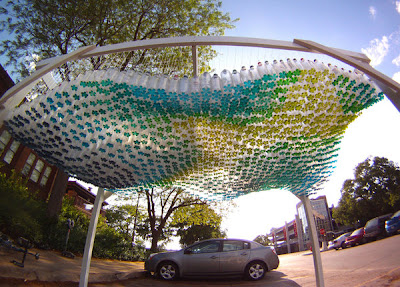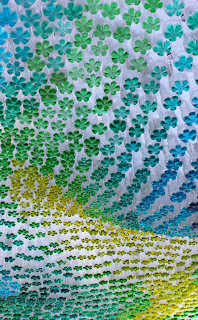Below are some
general tips.
Transport
- Walk, ride and use public transport and drive less. This is the most important change you can make.
- Car pool or offset your car's carbon emissions using CO2 offset schemes.
- Conserve fuel & drive economically: tune your car, drive more slowly, and avoid using your air-conditioner, keep your tyres inflated and dump that heavy junk rolling around in the back.
- Reduce your air travel, or if you have to fly, consider buying carbon offsets to compensate for the emissions caused by your flight.
Energy
- Minimise energy consumption by making use of natural light and replace light globes with longer lasting and more energy-efficient compact fluorescents. Turn lights off when not being used.
- Turn off electronic equipment when you're not using them including computers and peripherals. Equipment on standby consumes 10 to 60% of normal energy use.
- Buy Green Power or switch to renewable energy sources. Do a greenhouse audit.
Water
- When buying new equipment check its energy and water rating. Buy as efficient a product as you can afford.
- Save it!
Waste
- Ask yourself do I need this? Does it require ongoing resources? Is it the most efficient available? Can it be recycled at the end of its life? Do I really need this?
- Can I borrow it? Can I share it? Can I rent/lease it? Can I buy it second hand?
- If you can’t do without, buy from environmentally conscious and innovative companies, buy products that last a lifetime, buy recycled, buy local and buy less.
- Save trees by freeing yourself from junk mail and purchasing paper products that are unbleached and/or have a high recycled content.
- Only print emails and other documents if you really need a hard copy. Use the blank side of unwanted printouts for note taking.
- Use rechargeable batteries and recycle mobile phones and their batteries, paper, glass, plastics, toner and printer cartridges.
- Use specialist recyclers of technical wastes where available.
- Reuse and recycle packing materials.
- Look for products that have less packaging and don't use "throw-away" products like paper plates and plastic cups.
Chemicals
- Use paints, varnishes and glues that are water-based or have low Volatile Organic Carbon (VOC) levels.
- Choose biodegradable cleaning products and green clean.
- Properly dispose any hazardous, unused, and/or out-of-date chemicals.



















